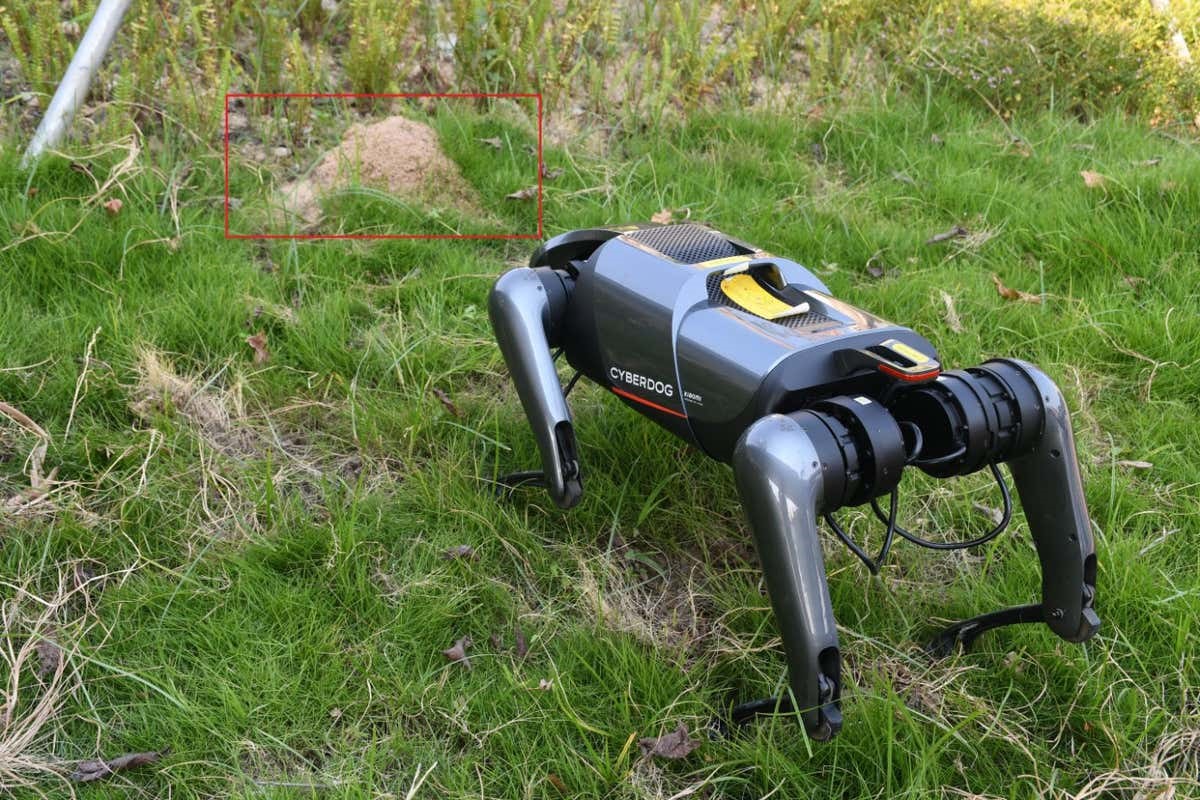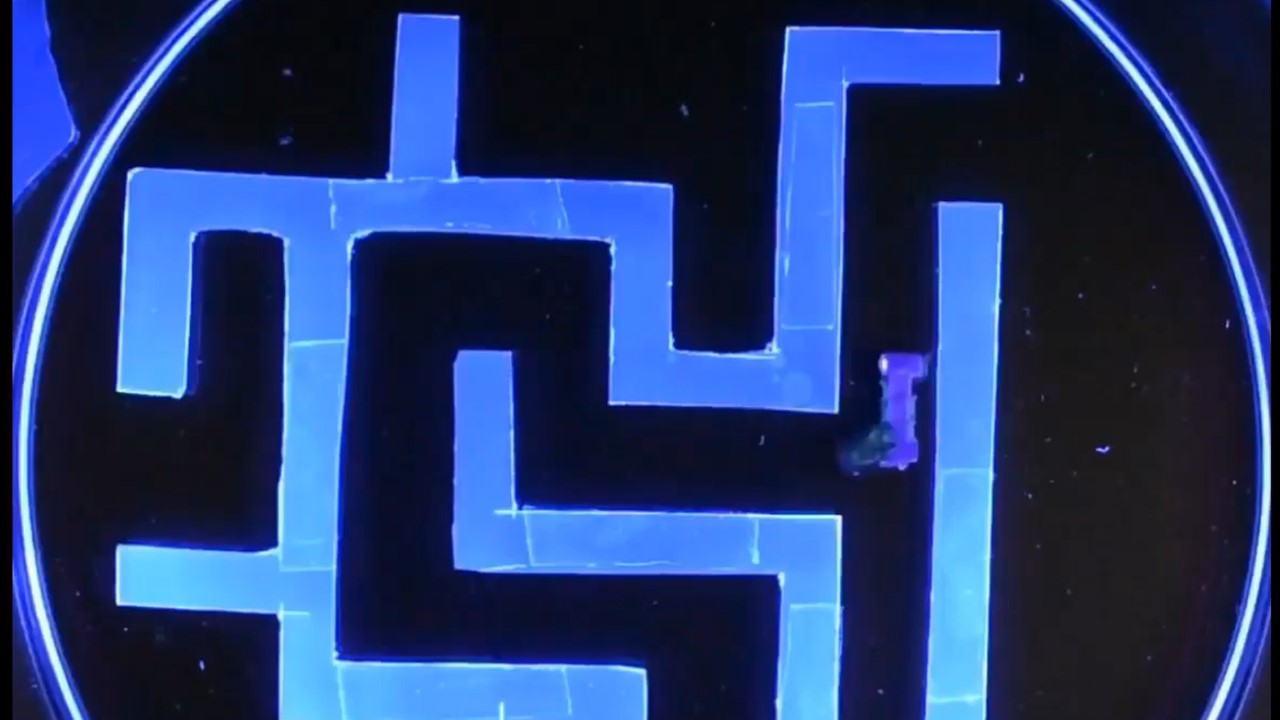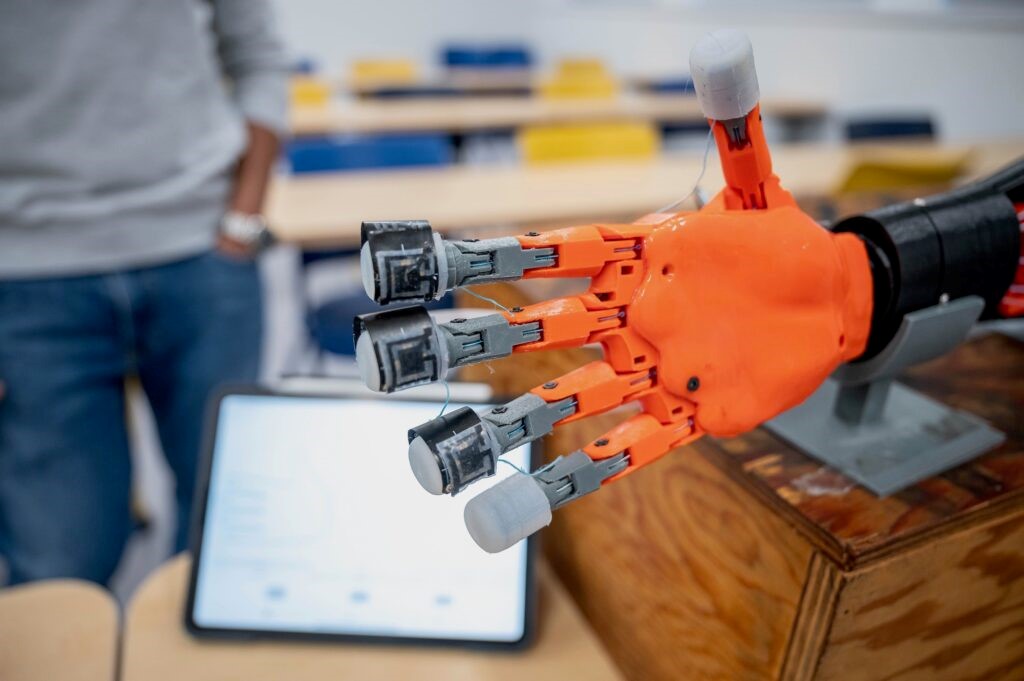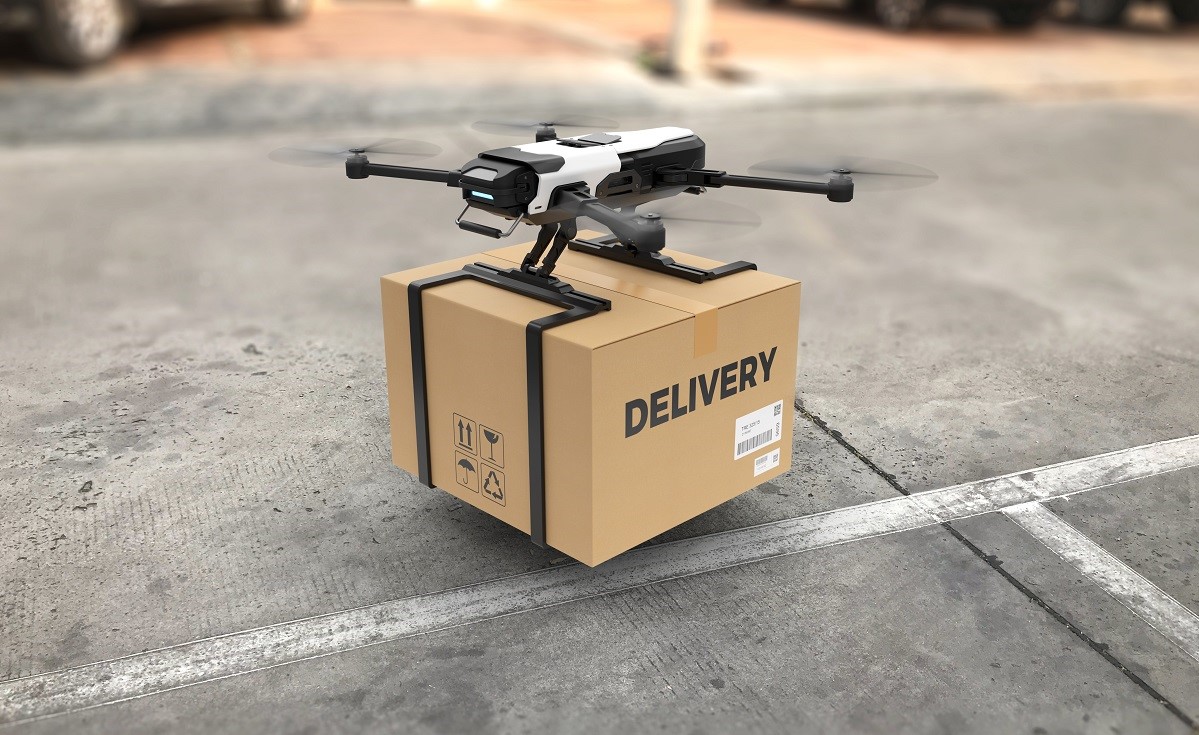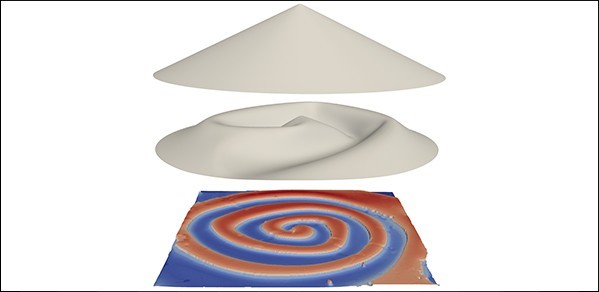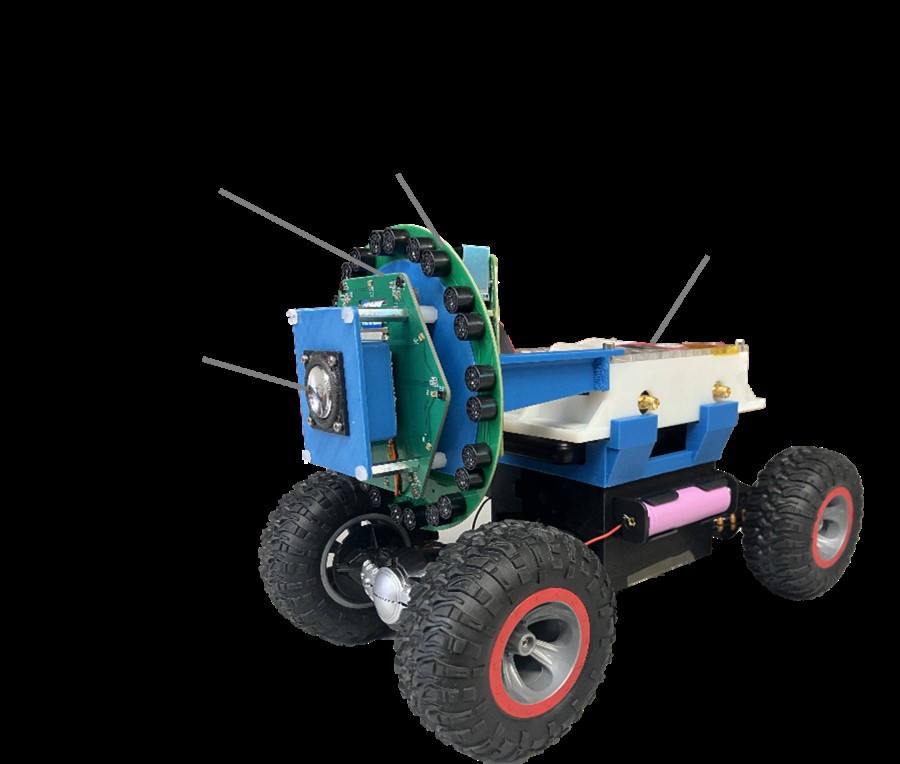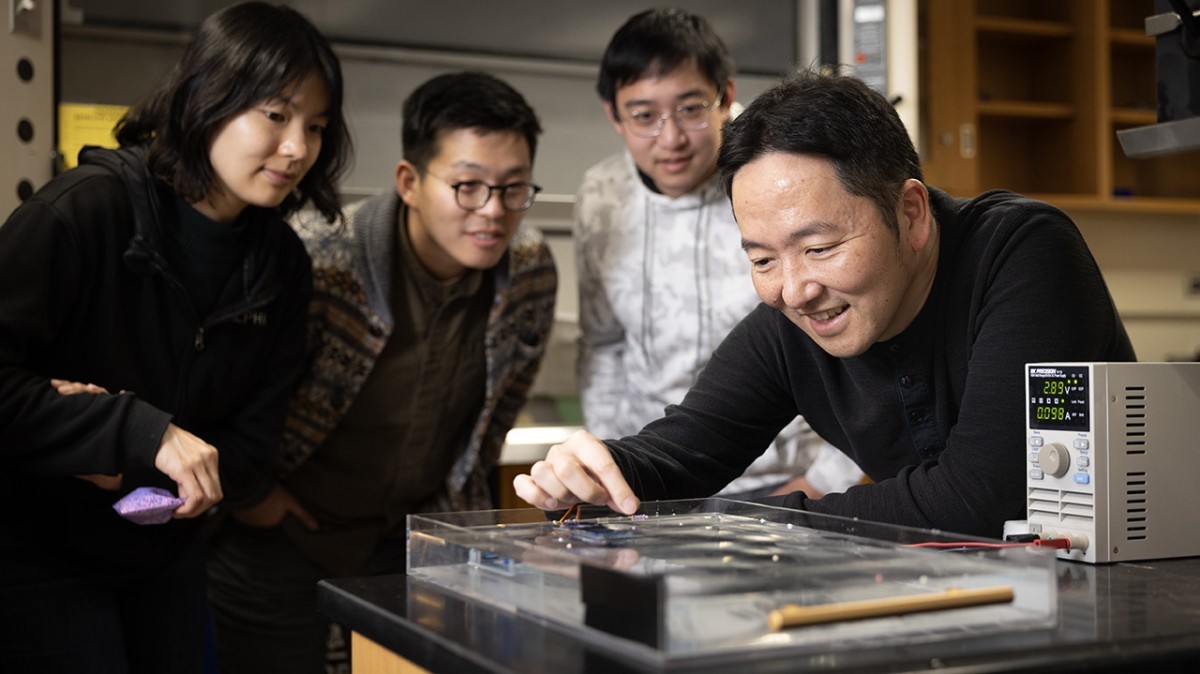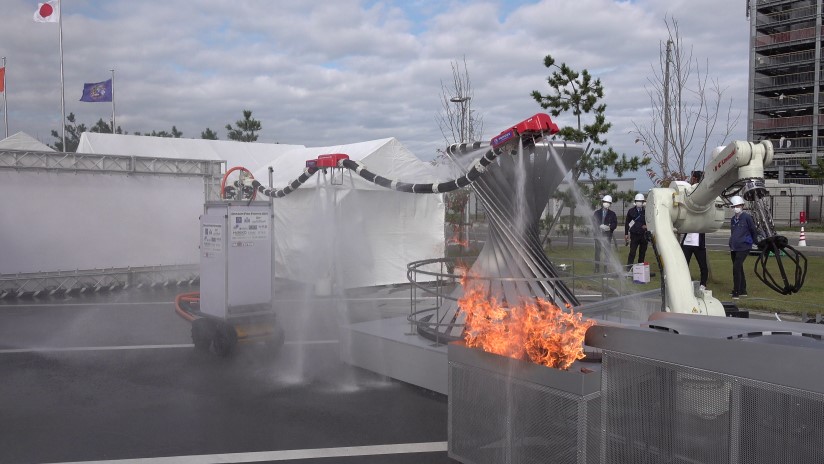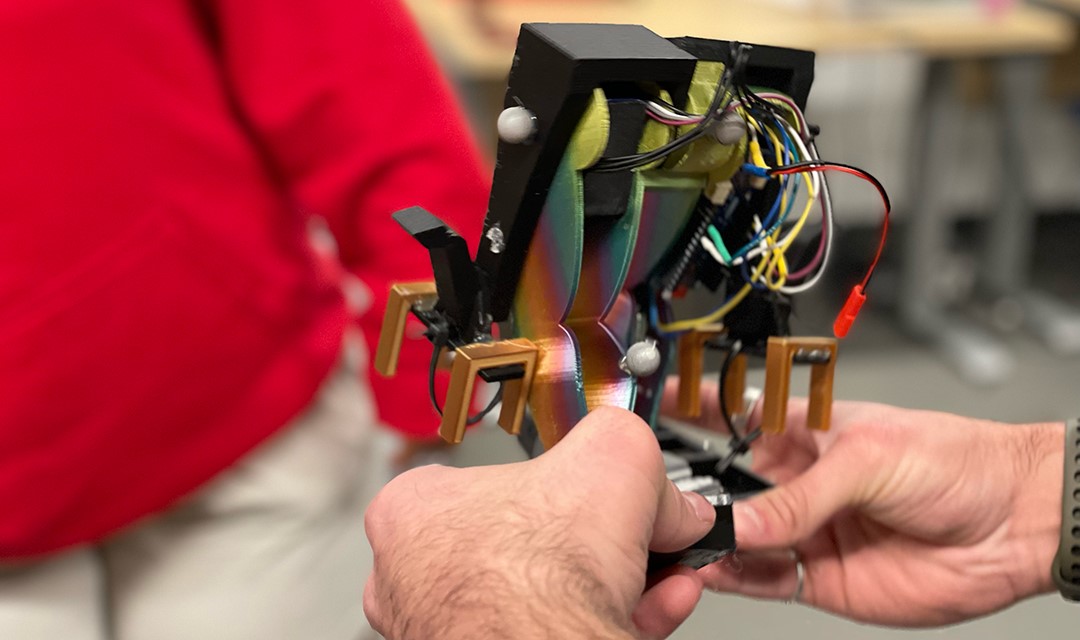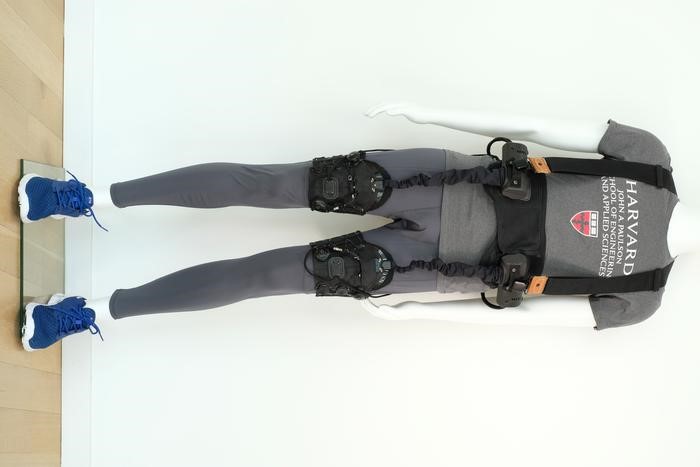EPFL's Origami-Inspired Robot Revolutionizes Shape-Shifting Technology
In a remarkable feat of engineering, Jamie Paik and her team of researchers at EPFL's School of Engineering have developed a revolutionary robot that emulates the intricate movements of origami. This remarkable creation possesses the ability to seamlessly alter its shape, navigate its surroundings, and engage with both objects and individuals. Through this innovation, the boundaries of shape-shifting technology have been transcended, opening up new horizons for the field.
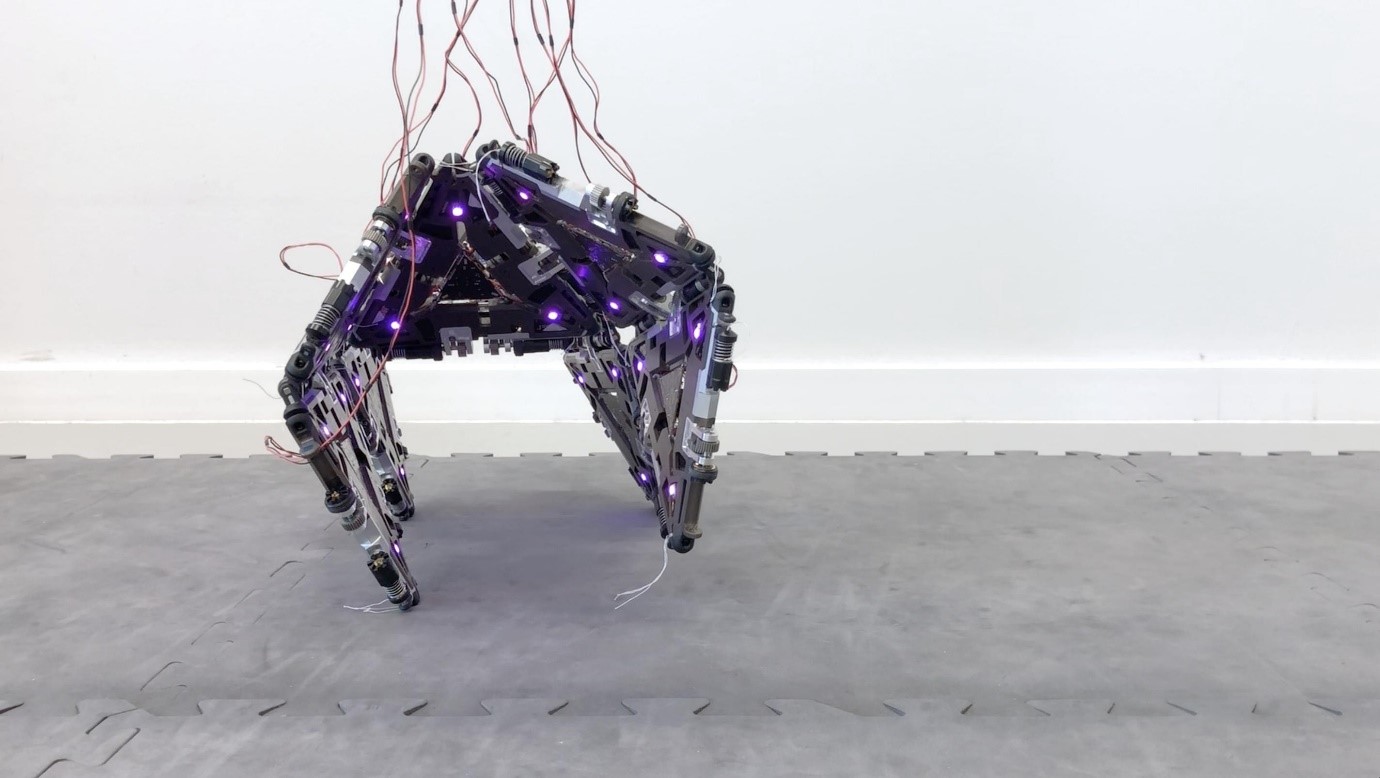
Figure 1. Mori3.
Figure 1 shows Mori3. In a remarkable fusion of digital polygon meshing and biological swarm behavior, the visionary minds at EPFL's School of Engineering, led by Jamie Paik, have unveiled the extraordinary Mori3 robot. This origami-inspired creation has the astounding ability to metamorphose from 2D triangles into virtually any 3D structure, propelling the possibilities of modular robotics into the realm of space travel. The research, published in Nature Machine Intelligence, underscores the immense potential of Mori3 for shaping the future of robotic exploration.
The essence of Mori3 lies in its modular design, reminiscent of polygonal building blocks. By effortlessly connecting these triangular modules, the robot achieves polygon meshing, enabling the seamless formation of diverse configurations and sizes. "Polygon meshing as a robotic strategy has proven its viability through our research," affirms Christoph Belke, a dedicated Post-doctoral researcher in robotics. However, attaining this feat demanded a paradigm shift in multiple facets of robotics, encompassing mechanical and electronic design, computer systems, and engineering. Belke elucidates, "We had to revolutionize our understanding of robotics, empowering these robots to self-transform, connect, communicate, and reconfigure into functional and articulated structures." The resounding success of this proof of concept lies in Mori3's exceptional capabilities, encompassing movement, object manipulation, and user interaction.
Delving into the realm of space travel, modular and multi-functional robots like Mori3 harbor significant advantages. The capacity to alter shape and configuration empowers these robots to tackle a vast array of tasks. "Polygonal and polymorphic robots that can interconnect and form articulated structures offer unparalleled effectiveness across various applications," asserts Paik, the illustrious director of the Reconfigurable Robotics Lab. While acknowledging that specialized robots excel in specific domains, the true brilliance of Mori3 lies in its unparalleled versatility. This pioneering creation has been purposefully engineered for utilization in spacecraft, where storage limitations prevent the accommodation of numerous task-specific robots. The visionaries behind Mori3 aspire for its integration into space missions, facilitating critical communication endeavors and conducting external repairs with remarkable dexterity.
The advent of Mori3 heralds a new era in robotics, where shape-shifting technology converges with modular adaptability, unlocking a universe of possibilities. With its transformative abilities and multi-faceted functionality, Mori3 holds the key to overcoming the challenges posed by confined environments and diverse tasks in space exploration. As the journey towards realizing the potential of modular robotics gains momentum, Mori3 stands at the forefront, poised to shape the future of space travel and human-robot collaboration in ways that were once unimaginable.
Source: EFPL
Cite this article:
Hana M (2023), EPFL's Origami-Inspired Robot Revolutionizes Shape-Shifting Technology, AnaTechMaz, pp. 3


